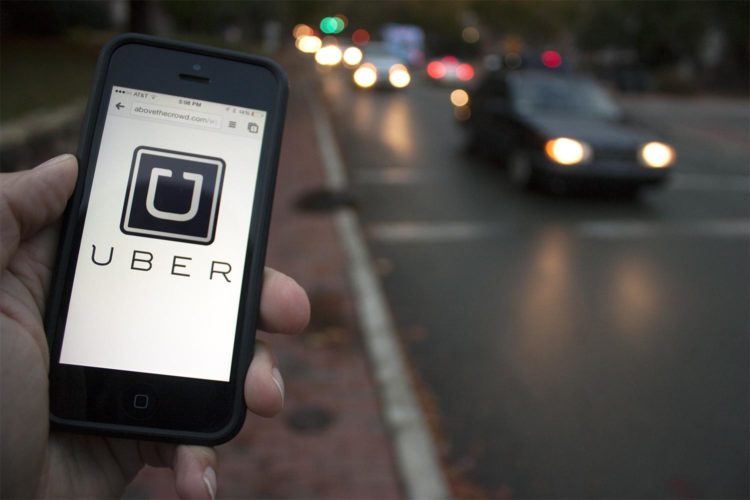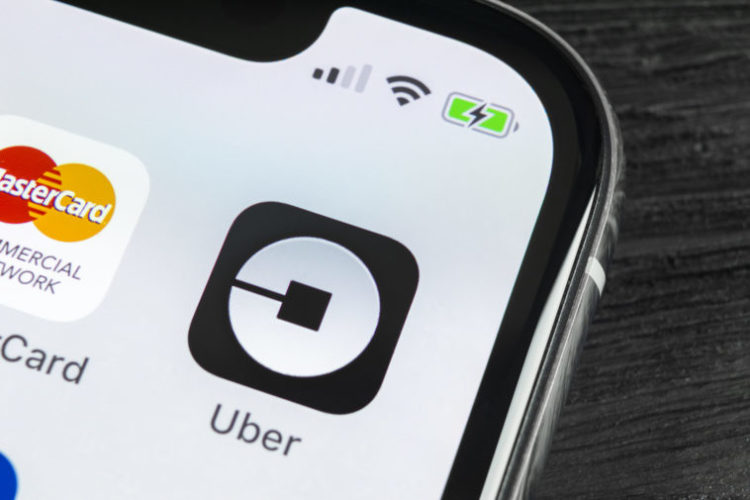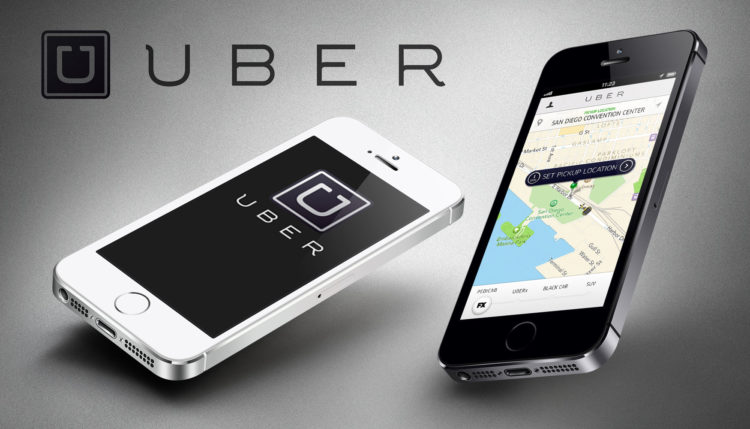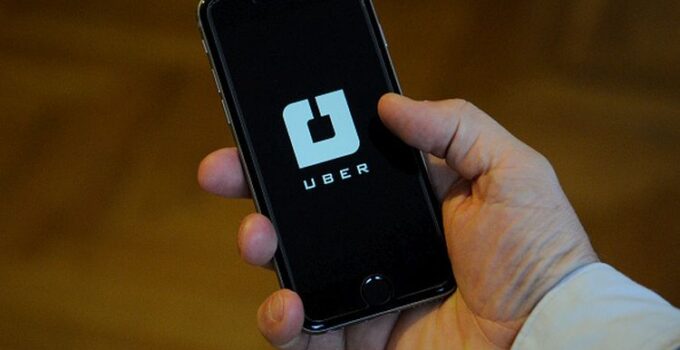Uber rises above all technological startups created on the model of on-demand, and thoughts of its success do not give peace to those who also desperately want to go this way. However, today it is not enough to simply create a software product, provide the machines with navigation systems and go to success. Follow bestadvisers.co.uk to compare best car navigation system, and we will tell about the main things you should think about if you want to create an Uber-like solution.
Page Contents
The Origins and Fundamental Idea of Uber
In the field of mobile applications and web services, Uber simultaneously occupies a niche in the economy of sharing and a niche “on demand”, leading them along with startups like Airbnb, TaskRabbit and Thumbtack. Uber has created a market where one needs to go somewhere right now, while others want to earn with their car and driving skills in their spare time.
The success of this application is laid on three foundations. These are suitable economic conditions, the opportunity to give the user what he needs at the right moment, and the absolute convenience of this solution.

Img source: independent.co.uk
- By its appearance, the application has undermined the established course of things in the economy of paid carts and offered a profitable alternative. Uber breaks the monopoly or does the so-called disrupt – breaks with tradition in order to create something new. Taking the commission from the order, the service works to bypass the established scheme (when the government licensed the taxi to work, and the drivers were forced to give part of their earnings to the licensee) and connects any driver and passenger within the system directly.
- In order to take the passenger to the destination, the driver must have a car and be able to drive it. And since there are no high requirements for the contractor, every user can quickly find it, which is very important for on-demand startups.
- Despite the fact that in 2016, Uber introduced the function Scheduled rides, the vast majority of auto orders occur spontaneously, and it is difficult to think of a better format than the one-touch application.
So, Uber thrives on the backbone of a massive shift in the traditional economy, low skill performers and urgency. This is its inner, non-obvious side. But many attempts to reproduce such success are based on the idea that if there are demand and supply for something, then they can be subordinated to this model. However, not all so simple.
On-demand Model Statistics

Img source: side.cr
At the moment, the world economy is moving towards becoming fully on demand. Business analysts made this assumption back in 2014, and the popularity of creating on-demand applications only proves the veracity of this statement. The concept of on-demand solutions is much broader than just transportation services, so such apps are now used by 86.5 Million Americans. And this number will continue to grow. The same source reports that their number will reach 56 Million by the end of 2018 and 93 Million by 2024. This means an open field for startups, but to survive in the midst of competition, you need to enter the market with a viable idea.
At First, There Was an Idea
Thus, your idea to create an app like Uber should not only be new. It should also satisfy the specific needs of users in the most convenient way, and in a way that nobody has done before you. And the only way to test its viability is to do a market analysis. It will be very hard to compete with Uber, as it already has most of the world domination.
In case the analysis shows the prospects of your idea, it makes sense to create Minimum Viable Product in order to test the response of the target audience in the real-life conditions.
What Functionality to Implement in Your App

Img source: telenews.pk
And the basic things you should think about in advance is the functionality you need to implement. The basic features may include:
- The ability to register users, drivers and cars.
- The introduction of maps with the ability to track the location of both the user and the car.
- Integration of online payment systems.
- Calculation of the class and tariff based on the specified characteristics of the car.
- Push Notifications.
Be sure to keep in mind that novelty is the main thing, to begin with; this is almost the only chance to compete with such giants like Uber on the online taxi market.





